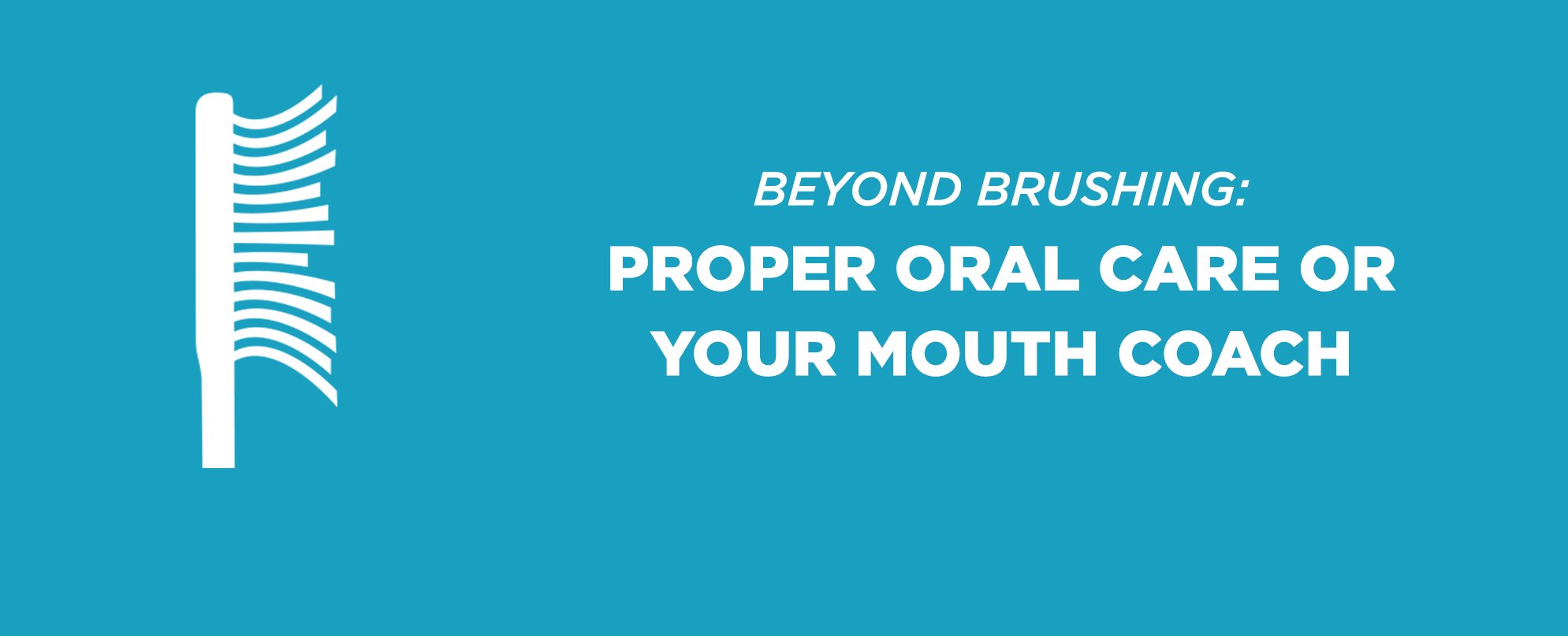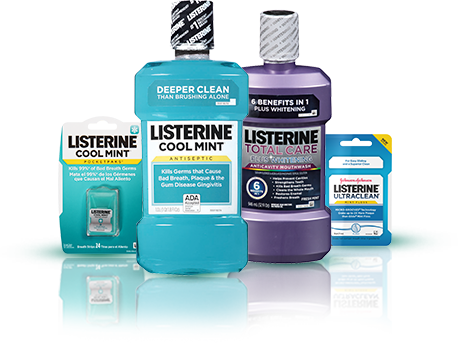Gum Diseases & Problems - FAQ's
What is This Sticky Film on My Gums?
There is a thin layer of germs called “biofilm” that can stick to any surface, including on the gums of your mouth. This is why your gums and teeth feel like they’ve been covered in slime when you wake up in the morning. Biofilm, typically pale yellow in colour, is normal and happens to everyone—even if you brush, floss and rinse with a mouthwash. However, if you don’t remove the biofilm on a daily basis, it can collect and develop into dental plaque.
Dental plaque, which can lead to gum problems, is made up of some bad germs (the kind that thrives on the sugar left behind on gums and teeth, and turns into tooth-decaying acid) and some good germs (the kind that makes normal biofilm less attractive to acid-hungry germs).
A person who has a solid dental care routine and who brushes, flosses, and swishes daily, can control and minimise the size of the biofilm. Good oral hygiene can potentially make the dental biofilm healthier by increasing the amount of good germs it contains. But when you clean and rinse your gums and teeth less frequently, the biofilm can harden into tartar and get thicker. When this happens, only dentists and their professional tools can remove the build-up. Since prevention is always better than cure, stick to your rinsing routine to keep your biofilm healthy.
Gum problems, Gum Problems and Periodontitis: What’s The Link?
Researching gum problems online may get confusing, with multiple medical terms being used to refer to the same thing. Here’s how the terms are linked:
Gum Problems: Gum problem is a general term used to describe the germ infection in your mouth.
Periodontitis: Periodontitis is a serious, non-reversible stage of gum problems. It attacks gums, bone and the connective tissue that holds teeth in place. This eventually loosens the teeth over time, to the point that they could fall out.
It is best to address gum issues early by adopting a foolproof rinse routine.
Why Are My Gums Bleeding ?
As we age, it is increasingly common to see a drop or two of blood in the sink after brushing or flossing. It is so commonplace that many of us convince ourselves that it is not a big deal. But bleeding gums—even during a dentist cleaning—are not normal and not healthy.
They are a sign—possibly along with other often-missed red alerts like puffy, red, irritated gums—of early gum problems. Millions of adults have some form of gum problems, yet only a very small fraction realise it because gum pain is not an early symptom.
The good news is that early-stage gum problems are reversible, through improved daily mouth care and more frequent visits to the dentist for plaque and tartar removal with professional tools. But if ignored, blood in the sink can progress to a more serious version of gum problems, Periodontitis. This disease attacks gums, erodes the jawbone and is the number one reason that teeth fall out. If you have spotted blood droplets, don’t wait another day to start improving your brush, floss and rinse routine. Good oral hygiene leads to good teeth and gum health.
Why Are My Gums Receding?
Receding gums are one of the most telltale signs of mid-stage gum problems. And you definitely do not want to ignore it. When you notice your gum and bone pulling away from your teeth, and more of the lower part of your teeth becomes visible, your gums are receding. This is also referred to as “Shrinking Gums”.
When this happens, the roots of your teeth become exposed to harmful germs and your mouth becomes susceptible to a whole host of health issues. It may also be accompanied by red, inflamed gums that bleed when brushed. Left untreated, gum recession can have serious, irreversible consequences, as follows:
- Loss of dentin (hard, dense, bony tissue forming the bulk of a tooth beneath the enamel and keeping your teeth firmly in place),
- Exposed roots can become tender, sore or infected.
Do All Mouthwashes Treat Gum Problems?
Always check the ingredients on your mouthwash bottle and look for germ-fighting ingredients that combat gum problems, like LISTERINE® Mouthwash. LISTERINE® Mouthwash has eucalyptol, menthol, methyl salicylate and thymol — four essential oils that are clinically proven to fights the germs that cause gum problems. Using mouthwash regularly fights germs that can cling to your gums and form plaque. When plaque is not attacked, it can harden into tartar. Some mouthwashes also contain fluoride, which protects teeth from decay.
A good mouthwash is essential to maintain good gum health.
What Are The Rinsing Rules ?
Rinse with LISTERINE® mouthwash twice daily, as directed. The combination of ingredients in LISTERINE® Antiseptic Mouthwash is extremely effective in fighting germs above the gum line and in reducing sticky plaque film, which causes bad breath. It also prevents and/or cures early gum problems. Use LISTERINE® mouthwash twice daily for 24-hour protection from germs. However, make sure to follow the directions and do not overdose.







All Fields required, unless otherwise indicated
Will be used as your user name
{* customQuestions *}We collect your personal information to process your request to create an account for this web site. If you did not give us your personal information we would be unable to open your account. Your personal information will be processed and stored by our contracted service provider who supports this site on our behalf and they are located in the USA.
With your express consent, which you give us by registering and opening an account on our web site, we will send you exclusive offers, product updates and other promotional information about our product range by mail, SMS or email.You may revoke your consent to our use of your personal information at any time by telling us or updating your details on the site. Also, subject to exceptions permitted by applicable law you may request access to, or correction of, your personal information. For further information about how you might revoke your consent, request access to or correction of your personal information, make a privacy enquiry or complaint, or see our full Privacy Policy please<click here>
By pressing “Submit” you expressly consent to : * Receiving marketing communications from us by mail, email or sms; * Your personal information being processed and stored outside your country of residence; and * Your personal information being processed by our contracted service provider.